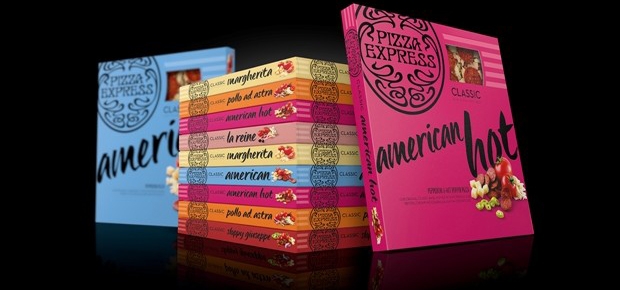Glass Packaging Industry the European Container Glass Federation (FEVE) has supported the European Commission’s Circular Economy Packaging.

Glass Packaging Industry. A new FEVE paper said it supports a legislative framework for mandatory separate collection schemes, targets focused on recycling, and acknowledgement of the superior value of permanent materials.
Today, 73% of all post-consumer glass packaging is collected for recycling on average in the EU, and about 90% of it is actually recycled into new bottles and jars.
But FEVE said the challenge is to collect the remaining 27% while ensuring the quality of recycled glass.
Vitaliano Torno, president of FEVE, said: “For the circular economy to function and for all member states to meet their targets, it is fundamental that separate collection schemes become mandatory across the EU to increase the quantity as well as the quality and safety of recycled materials”.
He added that the new recycling targets of 75% (by 2025) and 85% (by 2030) provide a good framework to support investments in separate collection schemes and recycling infrastructure. But the targets must unambiguously focus on recycling, without any competing EU-wide targets on preparing packaging for re-use. Reusable packaging is a product that only satisfies demand from very specific markets, typically local or those functioning in closed circuits, and such targets would create barriers to the free movement of goods in the internal market.
“Materials that can maintain their properties during their repeated use and that can be recycled over and over again must be put at the heart of the EU circular economy”, said Torno. “Glass is a permanent material that is 100% and endlessly recyclable without any degradation of its intrinsic properties no matter how many times it is recycled. This allows for important raw material and energy savings with major benefits for the environment and the economy.”

